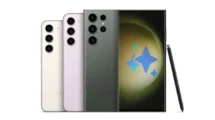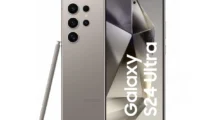NASA’s healthcare providers are developing the expertise to provide the medical support to astronauts who stay in space. The space agency sends a new team of scientists to the International Space Station (ISS) four times annually and they stay there for a period of between six months and one year. NASA has alleviated the risks associated with medical emergencies on the space station by offering crucial training to the crew medical officers and using both ultrasound and an Earthly telemedicine consultation services.
The team at the station are involved in numerous tasks including conducting research, engineering, maintenance, and upgrades for the future commercial vehicles. Accessing medical services is critical, considering the effects of the harsh environment on the crew members especially their bones and muscles, immunity, and fluid distribution among others.
The spacecraft is prone to many challenges including space and engineering limitations, lack of bandwidth to support data transmission, inadequate diagnostic facilities, and lack of a qualified physician. The space station also has to come up with survival techniques to overcome the challenges and keep themselves off opportunistic diseases by maintaining thorough cleanliness of the space station.
According to Alfred Papali of World Health Organization, provision of healthcare services in rural and deprived areas can be derived from the three unique strategies that the crew team at the space station uses to maintain the astronauts’ healthy and sound for a long period of time. These strategies include task-shifting, telemedicine service, and point-of-sale ultrasound services.
Generally, for task-shifting, a space crew medical officer obtains over 60 hours of preflight training just like what the US paramedic receives on average. Furthermore, NASA funds additional courses to be offered to the medical officers who will work in the remote areas of the world where doctors are inaccessible.
Consequently, most of the healthcare practices used in the ISS is now serving as a benchmark model treating people who live in the isolated and remote parts of the world. The world can draw various lessons from the systems used in the space station to keep astronauts safe despite working in the most cramped up and detached worlds.




